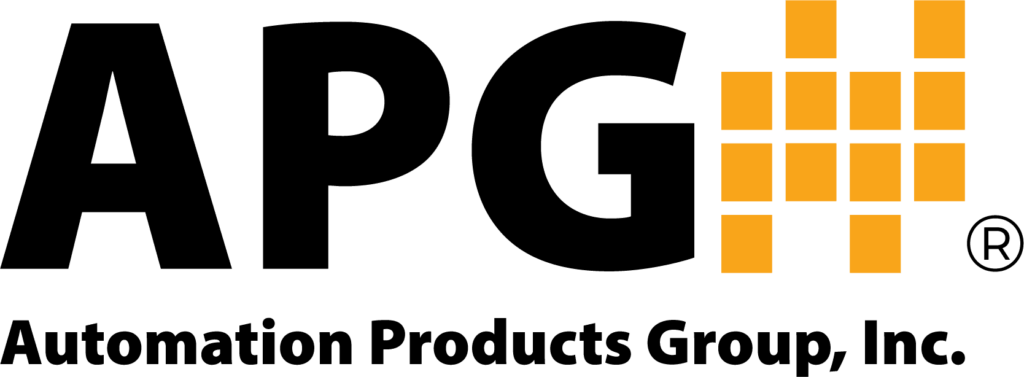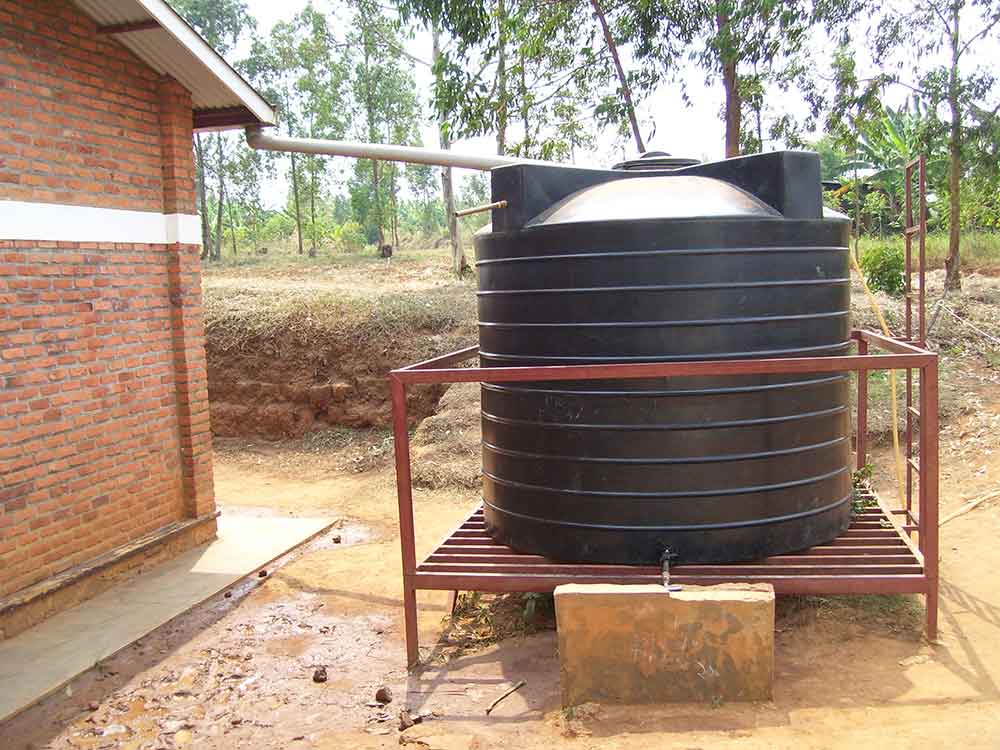Water and wastewater are often used as shorthand for culinary water delivery and sewage transportation and treatment systems, which works well from a utilities and residential/commercial stand point. But industrial water users have a much broader concept of both (clean) water and wastewater. Rather than just potable water, “clean water” can be any water that has not yet been used, no matter what the intended purpose. “Wastewater,” then, is any post-use water, not just raw sewage.
Reusing Wastewater
In the same way they are seeking to reducing energy usage and incorporating biofuels to reduce carbon footprint, industrial water users are looking to reduce the amount of clean water they take in, and the amount of wastewater they dispose of. Often, these issues can be addressed by processing wastewater on-site so it can be reused.
Water used for cooling can itself be cooled and reused, while steam can be recaptured and used for power generation, or cooled back to water. Similarly, water used for cleaning parts and pieces can be filtered and cleaned. Water used in chemical processes requires the most creative solutions for reuse. However, the characteristics required of the water for reuse may be less stringent than those required for disposal into local municipal sewers or waterways. Thus, treating wastewater for reuse may be cheaper than treating it for disposal.
Treating Wastewater
For other companies, treating wastewater is itself a money-making proposition. For close to a century, the biosolids from municipal wastewater treatment plants have been sold for use along with, or as a replacement for, animal manure. The ability to sell the processed waste presents a way for municipalities to offset costs or for private, contracted companies to turn a profit. Others are pioneering processes to “crack” excess methane gas from treated sewage into valuable hydrogen and carbon graphite (CH4 -> 2H2 +C).
Water Collection
Capturing rainwater and seawater desalination are two more water-use industries experiencing both growth and technological advancement. Rainwater harvesting or capturing systems can be scaled for use by individual, residential users to commercial buildings and agricultural settings. The two desalination challenges most often targeted by innovators are conversion efficiency (increasing the amount of freshwater created from the saltwater) and energy efficiency (decreasing the external power required for set amount of freshwater created).
While there are differences in how each of these processes uses water, they each require level and/or pressure measurements at some point. Residential rainwater harvesting, for instance, would only require one high-level switch and one low-level switch, while a deep-water well is better monitored by a sensor with a continuous output, such as a submersible pressure transducer or a radar level transmitter. In process tanks with fairly homogeneous solutions that are not under pressure, liquid levels can be monitored by pressure transducers. However, the settling ponds of a sewage treatment plant, or any process-related settling tank, would be better served by a robust continuous float level probe. More complex processes require more data and control points.
Looking to replace control instrumentation that is no longer reliable? Need level switches or transmitters for your new system? Give our Measurement Experts a call, or send them an email. They’d love to help you get the right level or pressure technology to give you peace of mind.
WRITTEN BY

Sami T.
Sami Thompson is APG’s Marketing Technical Writer and has been with the company since 2022. With a master’s degree in English from Utah State University and a 40-page thesis publication under her belt, Sami has a demonstrated strong writing background. In her free time, Sami enjoys reading and birdwatching.


